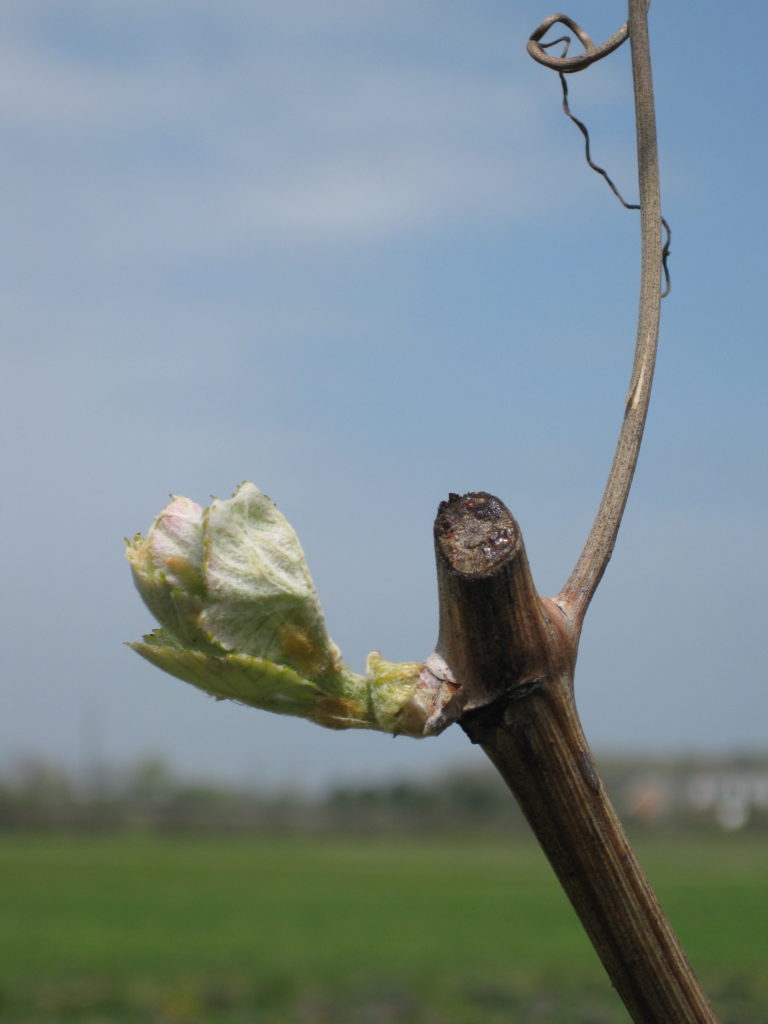Starting this weekend, our 2009 Five Rows Pinot Noir will embark on the final leg of it’s three year journey from vine to barrel to bottle to you. I debated letting the wine age a bit longer in bottle prior to release, but a tasting session last week made me realize that the time has come to finally let go. Parting is such sweet sorrow.
2009 Five Rows Pinot Noir:
Sometimes the best of wines and the worst of seasons magically collide to create an unexpected moment of glory. The growing season of 2009 was one of those odd times. A late budbreak set the tone for what would be a cool, wet summer. We usually harvest Pinot Noir and Pinot Gris in early September, but nothing was close to being ripe in the late summer of 2009. Cue the blessing in disguise.
The moderate September days and cool fall nights helped move the Pinot ripening window to a time when Botrytis concerns were at a minimum. This was uncharted territory for Niagara Pinot growers. You must understand that there is one and only one certainty when growing Pinot Noir – they WILL rot at some point. When the inevitable did not happen in 2009, we were afforded the luxury of harvesting at the exact point when tannins, flavours, sugars and acids were aligned to my liking.
We chose to harvest Rows 1 and 2 on October 6, the latest Pinot pick we’ve had in 25 years. The remainder of the fruit was taken in on October 17. Average harvest parameters were 22.9°Brix, 8.4 g/L TA and pH 3.15. Fruit was destemmed and crushed into one tonne fermentation bins and allowed a cold soak at 10°C for five days. All bins were warmed to 14°C and inocualted with RC212 yeast at 250 ppm. Ferments averaged about 7 days, with a peak temperature of 29°C. Each bin was allowed to macerate post-fermentation until tannins showed signs of softening.
The wine was pressed and settled before clean-racking into seven French oak barrels (average age 2.5 years). Malolactic fermentation was carried out in oak. Barrels were racked and returned every 6 months. Total time in wood was 24 months before final blending in November 2011. 182 cases were bottled on April 2nd, 2012.
In my early tasting notes for this wine I have written, “something dark, alluring and mysterious about this Pinot. Reminiscent of a rainy day on our honeymoon spent tasting great Burgundies in the dank cellars of Beaune.”
Aromas: cherry, violet, cassis, smoke, earth
Palate: dried cranberry, Bing cherry, soft tannin, haunting length
Cellaring: 2013-2023
Price: $50/bottle

